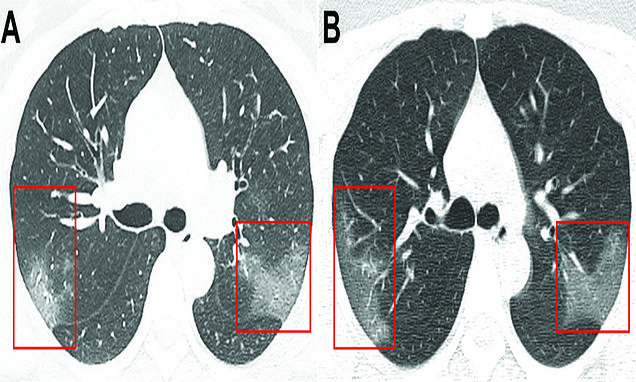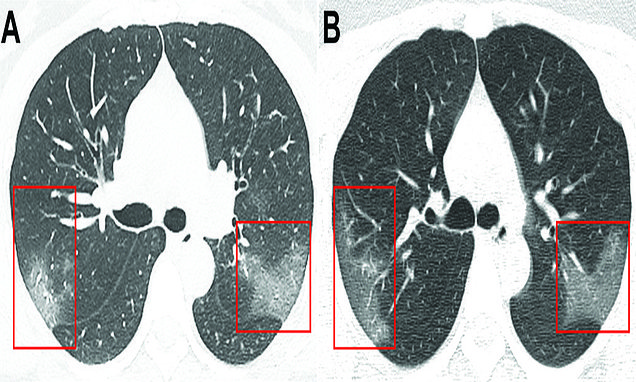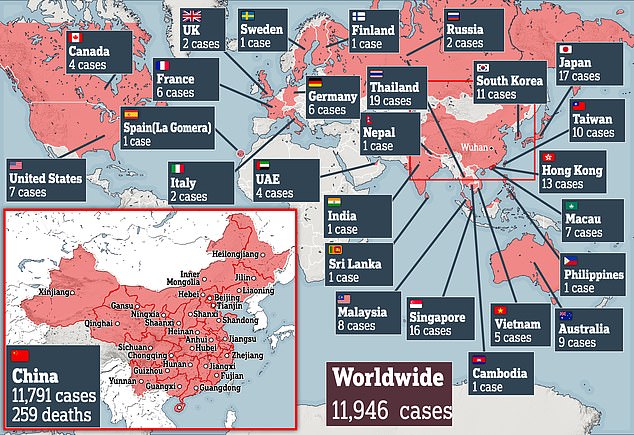
X-rays show effect that killer virus had on 33-year-old's vital organs
The woman, 33, who works in Wuhan, arrived at hospital in Lanzhou, China, with a temperature of 102F and 'coarse' breathing after suffering from a cough for five days.


Follow along with the video below to see how to install our site as a web app on your home screen.
Note: This feature may not be available in some browsers.




Communist country with a lot of prideDamn they trying to shut the doctors up



like I said I don’t normally buy into media viruses hype but this particular one from what I heard from talking to a few people is pretty serious just be careful out there guys.Shits like Resident Evil or something. Mf just baking up bioweapons and unleashing it on the gen populace like fuck all of y’all !
Damn they trying to shut the doctors up






Fuck, get this shit out of my city.
Tom Clancy's The Division: Agent Origins (Ashes)
Tom Clancy’s The Division: Agent Origins (Pursuit)
Tom Clancy’s The Division: Agent Origins (Conspiracies)
Tom Clancy's The Division: Agent Origins (Escape)
Tom Clancy's The Division - E3 Gameplay reveal 2013
Release date: March 8, 2016
https://en.wikipedia.org/wiki/Tom_Clancy's_The_Division
From NG









The Division Vendors - Base of Operations, Dark Zone and High End

Hmmmmm
Coronavirus updates: Chinese stocks plunge on return from holiday, two more US cases confirmed
China's National Health Commission said the country's total is 361 deaths and 17,205 confirmed coronavirus cases, as of the end of Sunday.www.cnbc.com
Shits like Resident Evil or something. Mf just baking up bioweapons and unleashing it on the gen populace like fuck all of y’all !

 www.kotaku.com.au
www.kotaku.com.au
Anyone every play the division?????.........
New DLC dropping this month, i have to get back on.
The division
From the same article just updated:Hmmmmm


Thanks for the update

